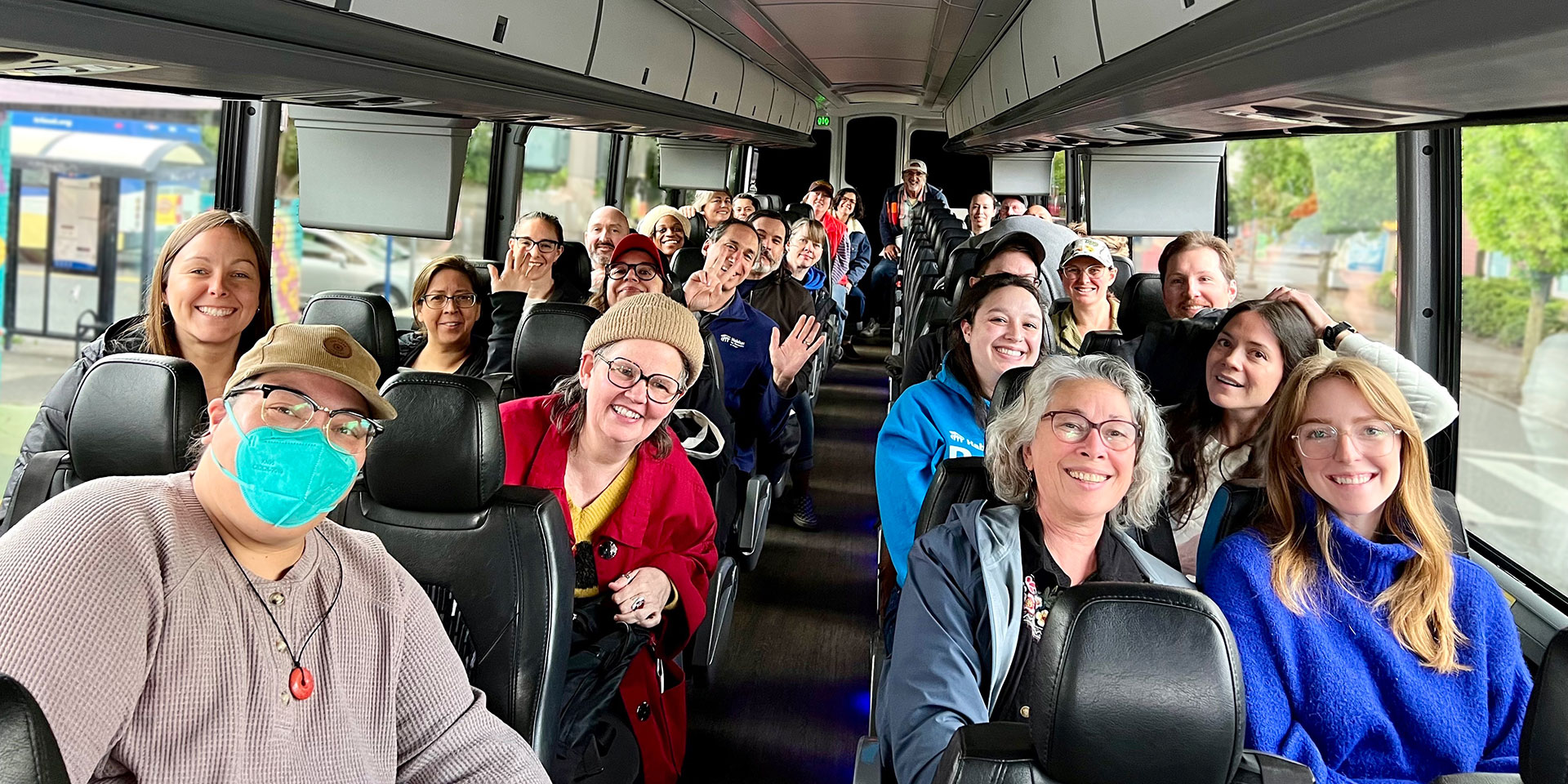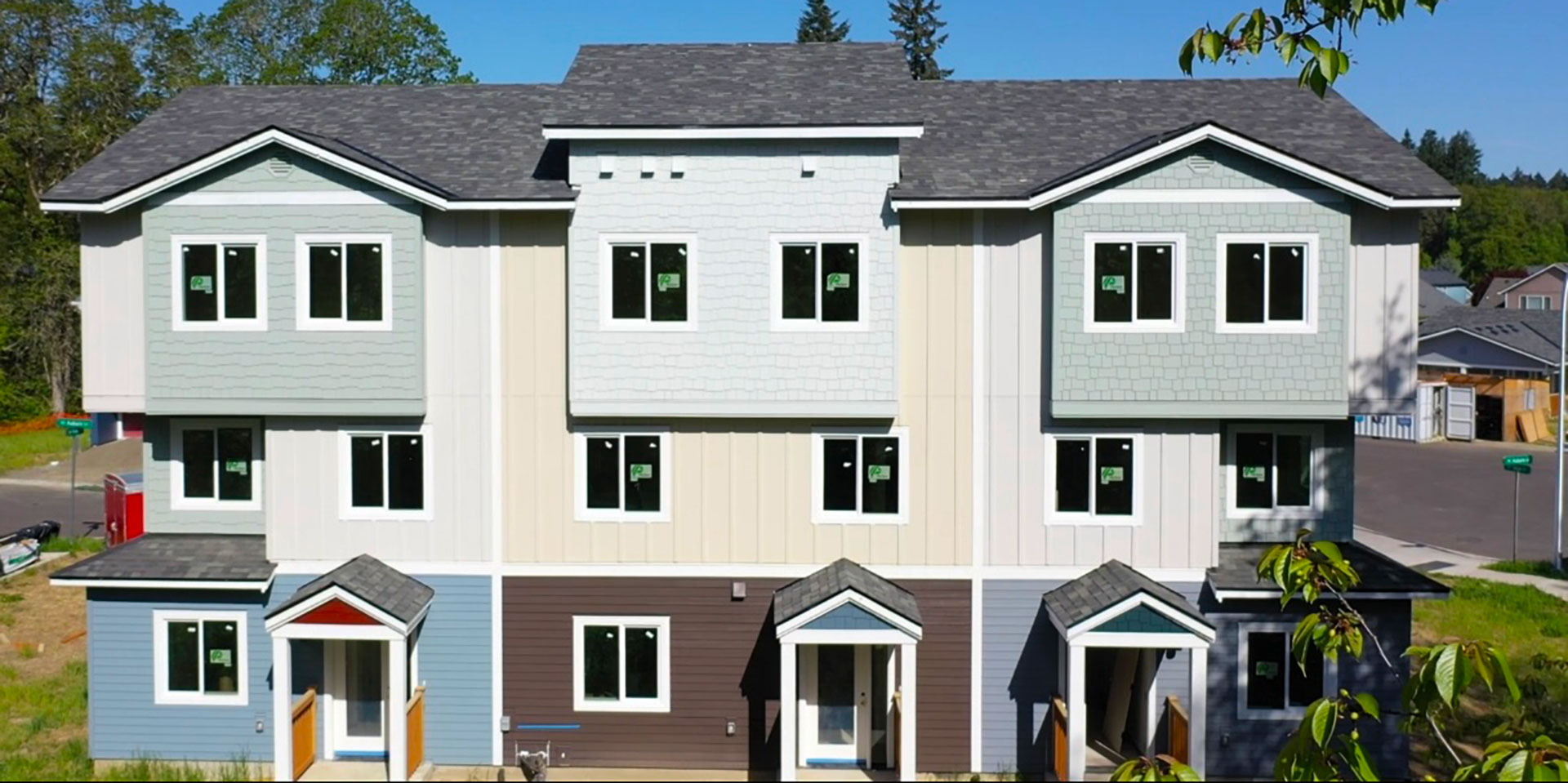“The most common cause of student mobility is poverty. It’s the ability for a family to afford a place to live in… ”
– Sam Breyer, Principal of Butler Creek Elementary
Located on the edge of southeast Portland and bordering west Gresham, the Centennial neighborhood has long been the gateway for both urban and suburban environments. While the neighborhood was originally settled as a farming area in the early 1930s, demand for additional housing from the Portland population attracted developers to Centennial’s sectioned land. The neighborhood has most recently seen another influx in population due to its quantity of multifamily housing that is more affordable compared to other Portland neighborhoods. Currently, the Centennial neighborhood is the third largest neighborhood in Portland, both geographically and in number of residents.
While the influx of neighbors has created a more diverse population with larger family sizes, many of these families routinely chase affordable rent. They end up choosing older, substandard housing as the only affordable option. In partnership with the Portland Housing Bureau, Habitat identified the Centennial neighborhood as a community with a high need for affordable homeownership for its low-income residents. Habitat was then able to use a Neighborhood Stabilization Program award to take advantage of record low land prices to purchase lots for 45 homes in this targeted area. By bringing stability to an estimated 150 children, Habitat has the opportunity to create an impact with postive results for the entire Centennial neighborhood.
“Student mobility is very high in Centennial Schools,” said Sam Breyer, Principal at Centennial School District’s Butler Creek Elementary. “Some of our schools have as high as a 40% mobility rate, meaning children transfer in and out of a classroom, sometimes multiple times in one year. This has a significant impact on student achievement. Regardless of when the mobility occurs, whether at an elementary level or a secondary level, it drastically reduces a student’s chance of graduating.”
Statistics show that students who attend Centennial High School for all four years have a 30% better chance of graduating compared to students who are transferring schools multiple times throughout their education.
“The most common cause of student mobility is poverty,” said Breyer. “It’s the ability for a family to afford a place to live in and a place where they can settle down. The 171st community is smack in the middle of where some of our elementary schools have the highest mobility rates. Establishing an estimated 150 stable students will have a dramatic influence.”
Beyond education, the Habitat build will impact the Centennial neighborhood economically. The 45 Habitat homes will add an estimated $6,750,000 to the local tax base. These are tax dollars that will contribute to city, police, fire and park services, helping to improve the overall quality of Centennial for generations.


